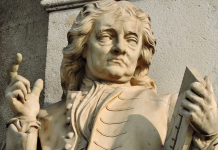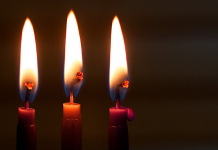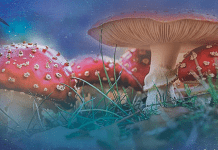
 Sexual Outlaw, Erotic Mystic: The Essential Ida Craddock, by Vere Chappell, with an introduction by Mary K. Greer
Sexual Outlaw, Erotic Mystic: The Essential Ida Craddock, by Vere Chappell, with an introduction by Mary K. Greer
Weiser Books, 978157863476, 258 pp. (incl. appendix and references), 2010
Described as an anthology embedded in a biography, Sexual Outlaw, Erotic Mystic contains most of Ida Craddock‘s published writings edited, annotated and placed in context by Vere Chappell.
Ida Craddock was a 19th century American sexologist, feminist, and mystic who was persecuted by Anthony Comstock’s Society for the Suppression of Vice. Her contribution to conventional sex reform, and her mystical writings on sex with spiritual beings are exceptional for the period.
Throughout her published writings Craddock spoke frankly, though tastefully, about sex, yet was unable to find a conventional publisher during her lifetime. Her works were distributed to selective clients through the post, which was a violation of the Comstock Law — and therefore a federal offence. Though widely respected amongst physicians and her clients, Craddock was hounded by Comstock on a professional level, while her mother repeatedly sought to have her committed to a mental asylum.
Out of a rented office Craddock ran a “Marriage Instruction” business, which provided what amounts to sexual counselling for couples, as well as individual sessions for men and women. Though there was speculation about mortal lovers influencing her teachings, she maintained that she had only had relations with her spirit husband, Soph. Chappell reproduces some of her diary entries, which contain very detailed accounts of erotic experiences with her spirit husband, Soph, along with assistance from other spirits.
In many ways Craddock was progressive, stating that sex was natural, both for pleasure and procreation,1 she recommended foreplay,2 and suggested that it was the woman who should decide when sex was desirable,3 turning the conventional wisdom of the time on its head.
However, in other respects Craddock remained very much a product of her time. She believed that masturbation was unhealthy, and was appalled when her spirit husband brought her to climax by clitoral stimulation.4 She was hopelessly hetero-normative, and considered sex outside of marriage immoral. Her notions about heredity and “the sex passion” today seem, at best, quaint.
“Heavenly Bridegrooms,” her first book, is included in its entirety, along with its original introductory note from Theodore Schroeder and additional notes from the present author. It provides a history and context for spiritual lovers, and touches upon a three degree system of spiritual union. This system is explored in greater detail in a later treatise, “Psychic Wedlock,” the final stage of which involves inviting god to share in the couple’s pleasure, enabling “sex union upon all three planes of body, mentality and spirit.”5
“Right Marital Living” is a polemic against “unnatural” birth control methods in favour of achieving control over ejaculation. Several other pamphlets are also included, as well as both her public suicide letter and the letter addressed to her mother.
The appendix contains Aleister Crowley‘s review of “Heavenly Bridegrooms”, originally published in his journal The Equinox. Crowley calls it “one of the most remarkable human documents ever produced,” and writes that Craddock “obtained initiated knowledge of extraordinary depth.” He further declares it to be of “incalculable value to every student of occult matters.”6
While I can’t top Crowley’s enthusiasm, I certainly agree that Craddock was a remarkable person, and Chappell’s Sexual Outlaw, Erotic Mystic serves as a useful aid in understanding and contextualizing Craddock’s unique contribution to spiritual sex.








